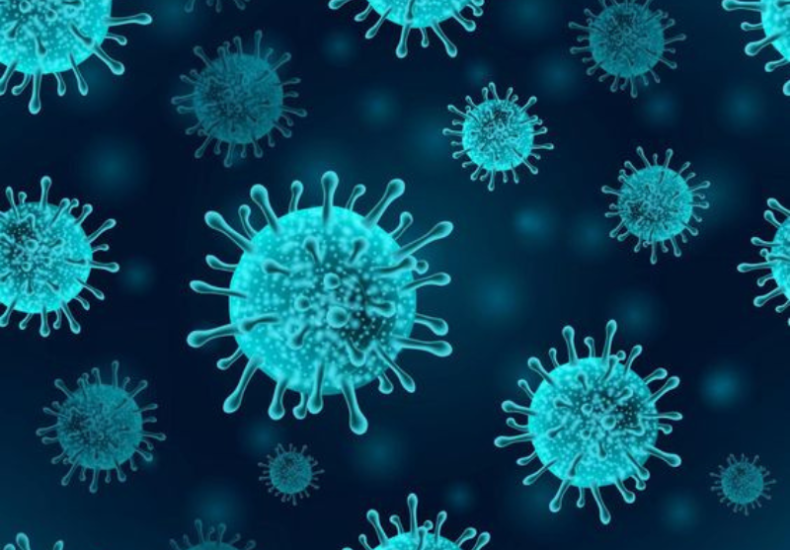
Many Polio Survivors Face Lifelong Late Effects
Polio, a highly infectious viral disease, once caused widespread fear and disability worldwide before the development of vaccines in the 1950s. Although many people believe that polio is a disease of the past, the reality is that millions of polio survivors around the globe continue to live with its long-term consequences. Even decades after recovering from the initial infection, many polio survivors experience a range of health issues collectively known as post-polio syndrome (PPS). These late effects can have a profound impact on their quality of life.
Understanding Polio and Its Initial Impact
Polio, caused by the poliovirus, primarily affects children under the age of 5, but can strike anyone. In severe cases, it can lead to paralysis or even death, particularly when the virus attacks the muscles involved in breathing. Before the widespread use of polio vaccines, major outbreaks of the disease left many people paralyzed for life, with survivors often needing mobility aids like braces, crutches, or wheelchairs.
The introduction of the polio vaccine has largely eradicated the disease in many parts of the world, but those who were infected before vaccination became widespread continue to face challenges related to the disease.
What is Post-Polio Syndrome (PPS)?
Post-polio syndrome refers to the reappearance of symptoms such as fatigue, muscle weakness, joint pain, and respiratory issues that occur years—often decades—after the initial recovery from polio. PPS typically develops between 15 and 40 years after the original polio infection, although the timeline varies for different individuals.
The exact cause of PPS is still unclear, but researchers believe it may result from the gradual deterioration of nerve cells that were initially damaged during the polio infection. During the recovery process, surviving neurons would compensate for the loss by taking on additional work, but over time, these overworked neurons may begin to fail, leading to the resurgence of symptoms.
Common Late Effects of Polio
Polio survivors with PPS or other late effects may experience a range of symptoms, including:
- Progressive muscle weakness: Even muscles that were not affected by the initial infection may weaken over time.
- Severe fatigue: Many survivors experience profound and chronic fatigue that worsens throughout the day.
- Muscle and joint pain: Long-term muscle use and compensatory movements can cause pain and discomfort, especially in joints.
- Breathing difficulties: Some survivors experience respiratory problems, especially if their respiratory muscles were affected by the virus.
- Sleep disorders: Conditions like sleep apnea are common in polio survivors due to muscle weakness in the chest or throat.
These symptoms can significantly affect mobility, independence, and daily activities, leading to increased reliance on assistive devices and the need for long-term medical care.
The Emotional and Social Impact
Living with the late effects of polio can be emotionally challenging. Many survivors who believed they had fully recovered from the disease are unprepared to face new health problems later in life. This can lead to feelings of frustration, anxiety, and depression. Additionally, polio survivors often face a lack of understanding from the general public, as many people are unaware that polio’s impact can last a lifetime.
The psychological toll is particularly heavy for those who must adjust to new physical limitations in adulthood after having regained mobility and independence earlier in life.
Managing Post-Polio Syndrome
While there is no cure for post-polio syndrome, there are various strategies to help manage its symptoms and improve quality of life. Treatment plans for PPS typically include:
- Physical therapy: Gentle, low-impact exercises like swimming or walking can help maintain strength without overtaxing muscles.
- Energy conservation techniques: Learning to manage energy levels and avoid overexertion is crucial for reducing fatigue.
- Pain management: This may include medications, heat therapy, or assistive devices to alleviate muscle and joint pain.
- Breathing support: Some individuals may require breathing devices, such as CPAP machines or ventilators, to assist with respiratory function.
Working with a team of healthcare providers, including neurologists, physical therapists, and respiratory specialists, is essential for developing an effective management plan tailored to the individual’s needs.
Raising Awareness and Supporting Survivors
As polio becomes a disease of the past in many countries, awareness of its long-term effects diminishes. However, organizations like Post-Polio Health International and other advocacy groups continue to support polio survivors by raising awareness about PPS and advocating for better healthcare and resources.
Polio survivors often emphasize the importance of early intervention and a proactive approach to managing symptoms. Many report that having a strong support network and staying informed about their condition is key to maintaining a high quality of life, despite the challenges of PPS.